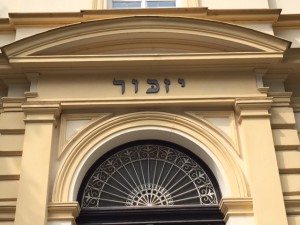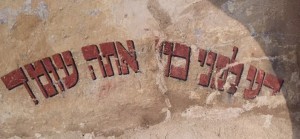I’d always thought of Terezin as a camp and assumed the Nazis built it for that specific purpose. I did not know that Terezin was already a town of about 5000 people, who were evacuated to make room for Jewish deportees. It was built in the late 18th century as a fortified town to keep out the Germans; and its high walls were perfect for keeping Jews in.
At its maximum,Terezin housed over 55,000 people whose nationality was classified as Jewish. I hadn’t understood that Jewishness was considered a nationality and that many “Jewish nationals” were religiously Christian rather than Jewish. In the early years, when people who died 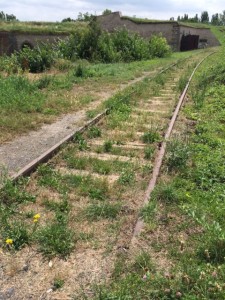 were individually buried, there were even separate memorial areas for Jews and Christians.
were individually buried, there were even separate memorial areas for Jews and Christians.
I knew that Terezin was not an extermination camp. I’d always thought of it as a way-station on the way to other camps. But for its first two years, people mostly stayed in Terezin once they got there. Mass deportations to the death camps did not start until 1944. In preparation for the Red Cross visit in June of 1944, the Nazis wanted to drastically reduce the number of occupants so that it would not seem so overcrowded.
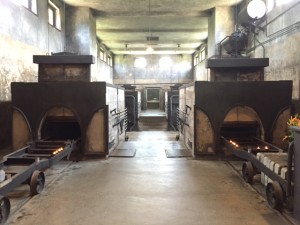 I say that people mostly stayed in Terezin, but many people died there as a result of starvation and illness. So much so, that individual burials were discontinued and mass burials instituted (first 24 in a coffin, then 60 without a coffin). However, even that was insufficient for the number of deaths – over 15,000 people died in 1942, half the population at that time; so crematoria were built to burn the bodies. The ashes were stored in boxes, supposedly for later burial. However when the Nazis abandoned Terezin, they dumped the ashes into the river.
I say that people mostly stayed in Terezin, but many people died there as a result of starvation and illness. So much so, that individual burials were discontinued and mass burials instituted (first 24 in a coffin, then 60 without a coffin). However, even that was insufficient for the number of deaths – over 15,000 people died in 1942, half the population at that time; so crematoria were built to burn the bodies. The ashes were stored in boxes, supposedly for later burial. However when the Nazis abandoned Terezin, they dumped the ashes into the river.
There are exhibits about art, and literature, and theatre, and music – seemingly a celebration of life. But then you read the bios. This person died at Auschwitz. This person died at Auschwitz. This person died in hospital of complications sustained during a death march. This person died at Auschwitz. The litany goes on, with occasional instances of survival.
Still, Jews lived here. While the Nazis were busy destroying life, Jews were creating, even celebrating, life. It’s heart-wrenching but it’s also amazing.
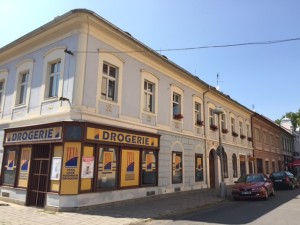 Something that really got to me about Terezin is that it’s now a regular town with homes, stores, gardens, and a lovely town square. I didn’t expect that. Just off the square is the Museum of the Ghetto. Within the town are the structures that
Something that really got to me about Terezin is that it’s now a regular town with homes, stores, gardens, and a lovely town square. I didn’t expect that. Just off the square is the Museum of the Ghetto. Within the town are the structures that 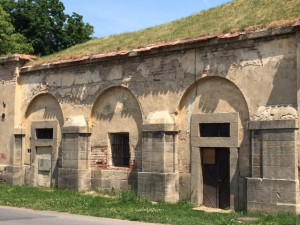 have been restored as part of the Terezin Memorial site as well as the ruins of other buildings that were part of the ghetto.
have been restored as part of the Terezin Memorial site as well as the ruins of other buildings that were part of the ghetto.
How can people live there?
- Shabbat in Uzbekistan - Wed, Apr 17, 2024
- Purim in Uzbekistan - Thu, Apr 4, 2024
- Quick-ish Soups - Thu, Feb 22, 2024

